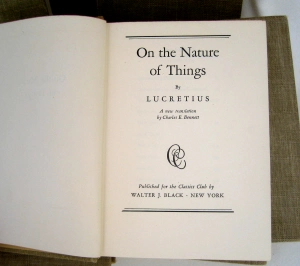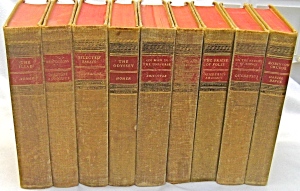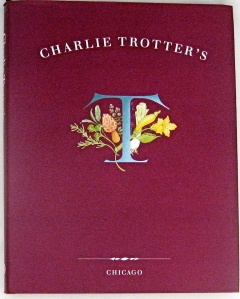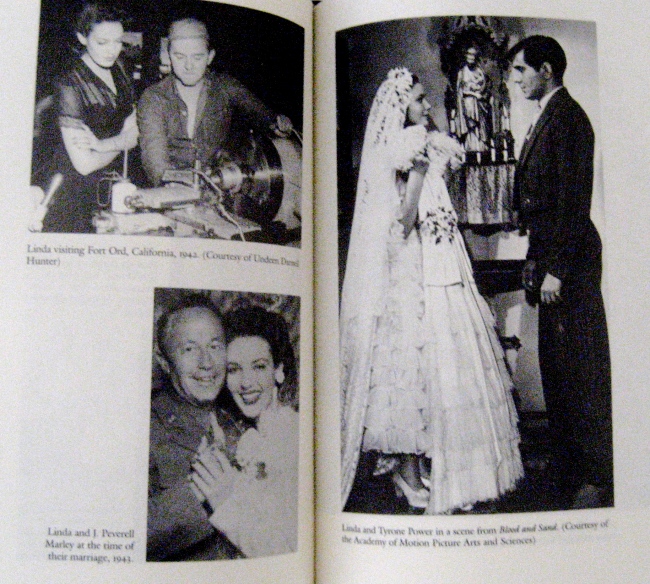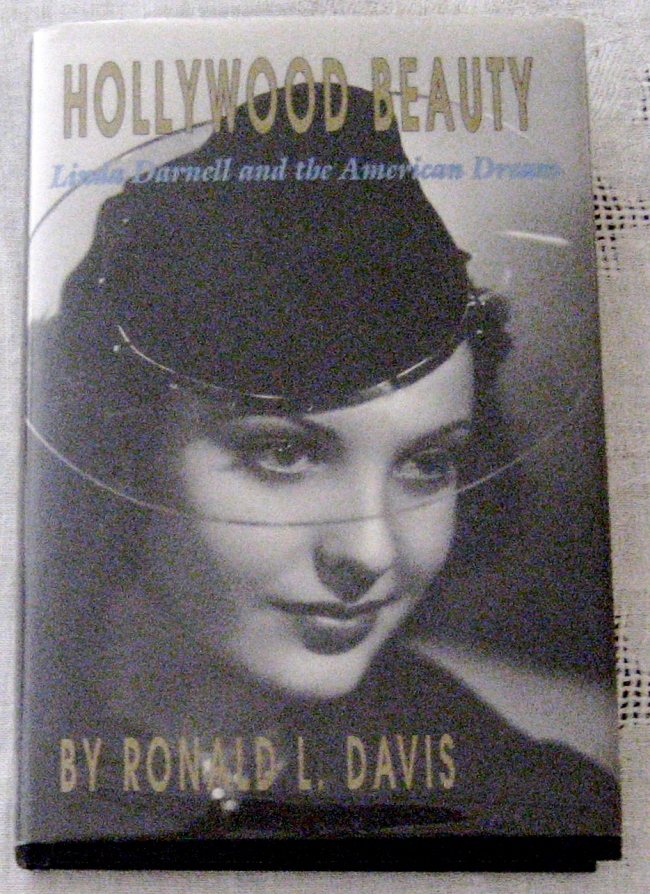A Book for a Buck: Ancient Philosophers
S.A.
In the 1940s and '50s, if you read magazines, especially the adverts, you could reasonably teach yourself to draw, collect limited edition prints of famous artists and also enrich your library by joining a book club. One of the biggest reprint publishers was Walter J. Black. Black published book club editions of detectives, Zane Grey and often esoteric literary antiquities (The Classics Club).
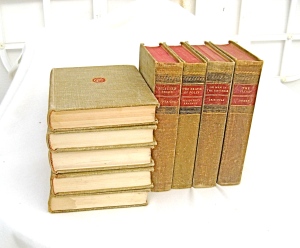
If you signed up to be a member of The Classics Club, you could get three free books and thereafter, as a subscriber, a book for a buck. Some of the titles in this series included the more familiar Robinson Crusoe and works by Poe. But, if you were home-colleging yourself, you could order Lucretius' "On the Nature of Things," Erasmus' "The Praise of Folly" or even "Meditations" by Marcus Aurelius. I can't say I was familiar with any of those titles. My education in philosophers stopped way, way short of Greece & Rome, settling on the more recent Sartre and Kazantzakis.
So, when I recently came across a set of nine books from the Classics Club series, said to be "Deluxe" editions (tweed cloth covers with gilt-stamped titles), I knew only one title: Daniel Defoe's "Robinson Crusoe." But I didn't buy them to read, but to sell. Look below: They are "vintage-worn" attractive; they would like good in a study bookcase.
However, when paging through some of them (to check their condition), I came across the "Meditations" from Aurelius that seemed to make quite a lot of (current) sense.
Now Aurelius (161-180 A.D.) was perhaps the last great Roman emperor, before the Decline. Apparently, he was regarded as a Stoic, which today, would be a good thing. But, by measure of this book, he was also a deep & prolific thinker, as were many of the authors with works contained in these classics, including Homer and Aristotle.
If I had world and time enough, perhaps I'd extend my education with a home-schooled Masters in Ancient philosophy. Alas, this will not likely be the case, as I neither have time or world enough. Just ask anybody who knows me. Also, long ago, I synthesized my own philosophy into one sentence "Go with your gut."
And, in this case, my gut told me to buy these books. Even though they originally only cost a buck, and are cover-worn, someone will surely find them worthy, either on or off the shelf. Because, inside these "Deluxe" covers, the Ancient Philosophers would likely say, is what matters most. That is, unless you're an interior decorator
